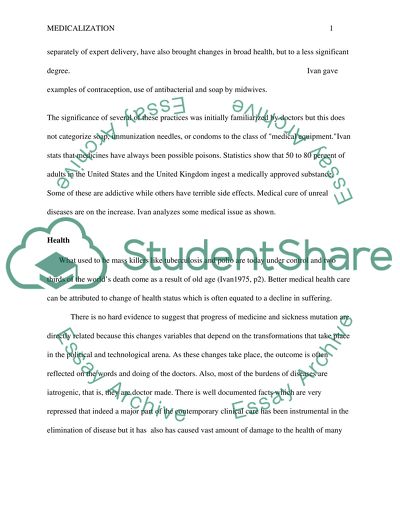Cite this document
(“Medicalization Essay Example | Topics and Well Written Essays - 3000 words”, n.d.)
Retrieved from https://studentshare.org/sociology/1640727-medicalization
Retrieved from https://studentshare.org/sociology/1640727-medicalization
(Medicalization Essay Example | Topics and Well Written Essays - 3000 Words)
https://studentshare.org/sociology/1640727-medicalization.
https://studentshare.org/sociology/1640727-medicalization.
“Medicalization Essay Example | Topics and Well Written Essays - 3000 Words”, n.d. https://studentshare.org/sociology/1640727-medicalization.


